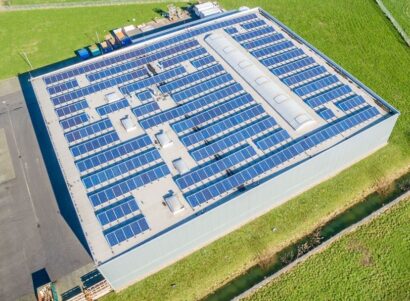About the Study
Climate change is increasing exposure to air pollution, extreme heat, and humidity in many communities throughout the United States. As exposures increase, so do the risks for public health—particularly for vulnerable populations. Contra Costa County in California is home to many disadvantaged communities that experience elevated health risks based on a broad combination of factors, including high rates of asthma, poverty, and linguistic isolation. In recent years, Contra Costa County has also experienced climate change drivers (increased temperatures and drought) that contribute to an increase in climate-related exposures, including the number of days of extreme heat and the frequency and duration of poor air quality from wildfire smoke.
The Contra Costa County Climate, Air Pollution, and Pregnancy Study is a three-year research effort that will will examine climate-related exposures (air pollution, extreme heat, humidity) during a critical window in fetal development during pregnancy. Researchers will assess potential impacts on birth outcomes, which have the potential to influence morbidity of the next generation, and support the development of community-led interventions. The study is funded by the U.S. Environmental Protection Agency (EPA) and conducted in partnership between PSE Healthy Energy and the University of California, Berkeley School of Public Health.
Research Process and Goals
During the first phase of the study, researchers will collect hyper-local air quality data from PSE’s Richmond Air Monitoring Network (RAMN) and additional low-cost air monitors located throughout Contra Costa County. With these data, researchers will assess local disparities in exposure to air pollution, heat, and humidity and examine their relationship to birth outcomes in the region, such as low birthweight and preterm births.In the next phase of the study, researchers will assess which areas and populations are likely to experience the greatest risk from climate change impacts, such as increased heat, humidity, and wildfire smoke. In the final phase of the project, researchers will work with the identified populations and communities to develop a suite of interventions to mitigate these exposures, ranging from house-level retrofits to community planning measures such as tree planting. The researchers will use a mix of cost-benefit and distributional analysis, incorporating community-identified priorities and strategies, to identify policy solution pathways.

 PSE Press Release
PSE Press Release






